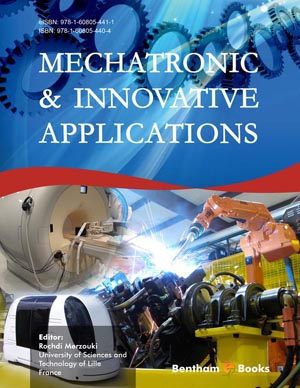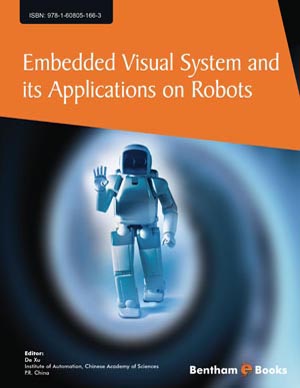Abstract
Safety and reliability of modern automobiles can be enhanced by Antilock braking system (ABS), traction control system etc. The wheel slip is generally kept within a certain predefined range for an antilock braking system by using an on-off control strategy. In case of single wheel or bicycle model only constant normal loading on the wheels is considered, whereas, for a four wheel vehicle model dynamic normal loading on the wheels and correct lateral forces are considered for the reliable design of braking system. So the controller design needs integration with the different subsystems of the vehicle dynamics model. The vehicle braking system dynamics and its control for a four wheel vehicle is illustrated here. The evaluation of performance of the ABS system under various operating conditions is done through bond graph modeling.
Combined regenerative and antilock braking in electric/hybrid-electric vehicles provides higher safety in addition to energy storing capability. Development of control law for this type of braking system is a challenging task. A sliding mode controller (SMC) for ABS is developed to maintain the optimal slip value. The braking of the vehicle, performed by using both regenerative and antilock braking, is based on an algorithm which decides on how to distribute the braking force between the regenerative braking and the antilock braking in emergency/panic braking situations as well as in normal city driving conditions. The passenger comfort is improved when a sliding mode ABS controller is used in place of standard ABS controller for the mechanical braking part.
Keywords: Antilock braking system, Regenerative braking, Sliding mode controller, Bond graph, Pacejka’ s magic formula, Longitudinal slip ratio, Sweet-spot, Bicycle model, Newton-Euler equations, Pseudo-forces, Burckhardt formulae, Hydraulic braking system, Mechanical equivalent braking system, Aerodynamic drag coefficient, Lyapunov function, Continuously variable transmission, Overturning moment, Rolling resistance moment, Selfaligning moment, State of charge.






